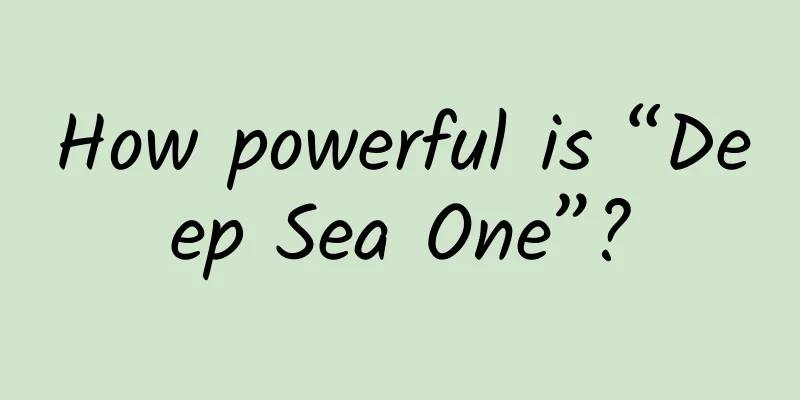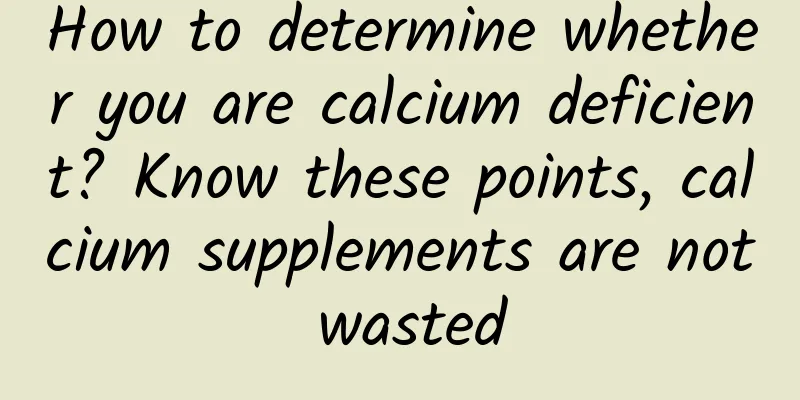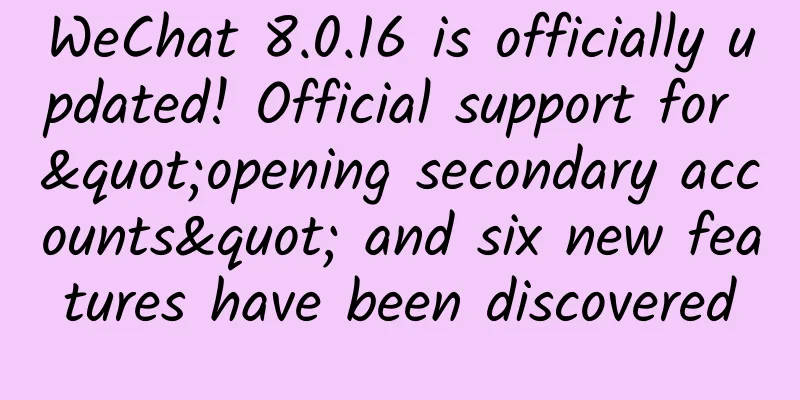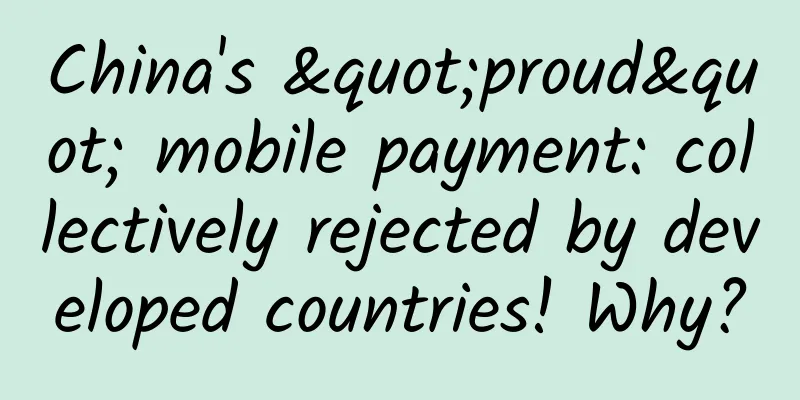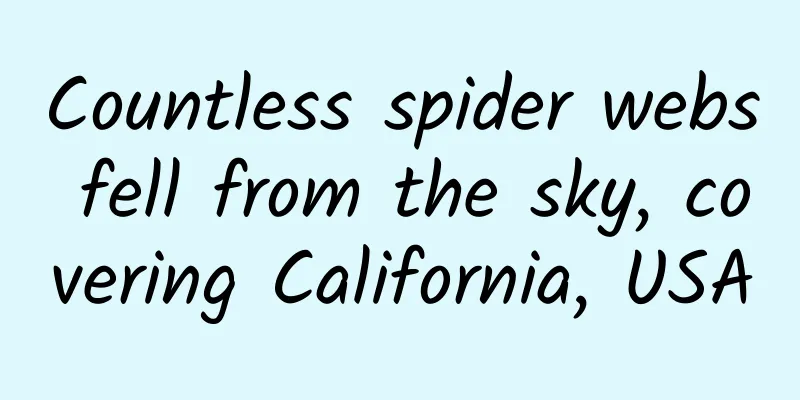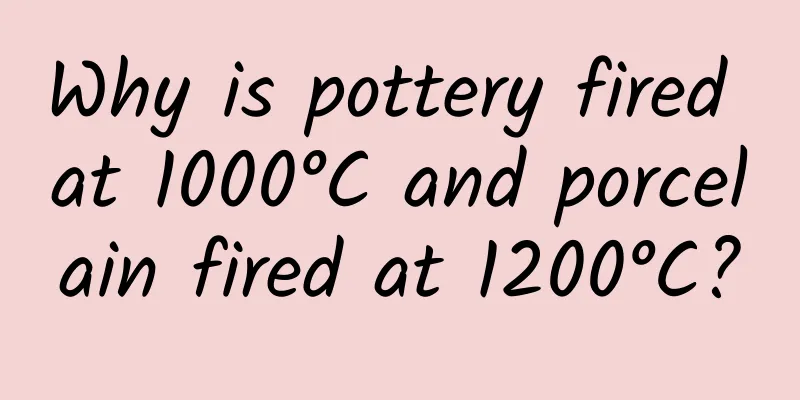What is the focus of content operations? One picture tells you!

|
Without further ado, the whole article is structured as follows (the content is very dry, read it several times if you can't digest it...):
1. What is the essence of content operation? Why can’t you write a hit article?Let’s look at the encyclopedia first: “Content operations, that is, content marketing ( content making ) managers, use paid, owned, earned and shared communication channels to create, inspire and share brand information and dialogues with customers or among customers. These channels include both traditional media and controllable and uncontrollable new media channels.” I think that for product people, content operation means to transform and transfer knowledge through the production and integration of knowledge, using social means and channels, while satisfying users' content consumption needs and achieving operational goals. Key points: transformation and transfer of knowledge, production integration and socialization methods. Let’s explain them one by one: The essence of content operation is the transformation and transfer of knowledge. This picture depicts the whole process very well, but I believe that if you see this picture for the first time, you will definitely be confused. What do "invisible, explicit, externalized, and internalized" mean? Don’t be impatient, wait until I finish speaking and then look back. To understand it, we must first come up with our own definition: Double K transformation. Double K refers to explicit knowledge and tacit knowledge. Based on whether knowledge can be clearly expressed and effectively transferred, knowledge can be divided into explicit knowledge (Explicit Knowledge) and tacit knowledge (Tacit Knowledge). The process of mutual transformation is called Double K transformation. Tacit knowledge is a concept proposed by Michael Polanyi in 1958 from the field of philosophy. In his examination of what aspects of human knowledge depended on faith, he stumbled upon the fact that this element of faith was inherent in the implicit part of knowledge. Polanyi believed that: "There are two kinds of human knowledge. What is usually described as knowledge, that is, expressed in written words, diagrams and mathematical formulas, is only one type of knowledge. Unexpressed knowledge, like the knowledge we have in the action of doing something, is another kind of knowledge." He called the former explicit knowledge and the latter implicit knowledge. According to Polanyi's understanding, explicit knowledge is knowledge that can be fully expressed by humans in a certain code system (the most typical one is language, but also includes mathematical formulas, various diagrams, Braille, sign language, flag language and other symbolic forms). Tacit knowledge is the opposite of explicit knowledge and refers to the knowledge that we know but find it difficult to express. It doesn’t matter if you don’t understand yet, look at the picture below: (Image source: Baidu Images) Let’s take our own example to illustrate: OK, now that we understand the double K transformation, let’s talk about what the “externalization and internalization” in the first picture actually means, and let’s use a graphic to illustrate: Well, to sum up: for product people, content operation means to achieve the transformation and transmission of knowledge through the production and integration of knowledge, using social means and channels, while meeting users' content consumption needs and achieving operational goals. Therefore, the essence of content operation is knowledge transformation and transfer, that is, double K transformation. 2. What is the focus of content operation? (Why should others read your article?)After understanding the essence, let’s look at the picture first and quote the hot spots: In his latest New Year's Eve speech, Luo Pang first mentioned that the trend of content payment is that "the experience and knowledge accumulated in daily life have become priceless" and "more importantly, it is the kind of knowledge that you have to do once to gain." The knowledge here refers to implicit knowledge. So, I want to say: the focus of content operation is to make implicit knowledge explicit. Because for general content operators in the future, the core and value lies in implicit knowledge rather than explicit knowledge. Remember the essential picture above: As far as the Internet is concerned, for knowledge holders (operators), it is through the externalization of implicit knowledge that it is transformed into explicit knowledge, and after integration and processing, it is conveyed to knowledge seekers (readers). The most important thing for readers is to internalize this processed explicit knowledge into their own, and then precipitate it into "cognition" . For example: Why did the editor’s two popular articles " User Operation : AARRR Model from Zero to 200,000 User Products" and "Learn to Ask for a New Year’s Salary Increase | Five PPT Presentation Skills and Case Studies That Product People Don’t Know" become popular? Both APP operation and PPT have been talked about a lot, so I will use my own practical operation or experience accumulation to expand along the main line, rather than talking about skills and theories. These APP practical operations and PPT experiences are my unique "implicit knowledge" gained through practical operation on the basis of the widespread theoretical methods - the explicit knowledge is then made explicit in the form of articles to meet the needs of knowledge seekers. 3. 10C elements of content operation to deal with 9 characteristics of implicit knowledgeFinally, we have finished the above theories and basic knowledge... Now let's talk about how to apply it through our own cases and self-created models. Since the focus is on making implicit knowledge explicit, we need to understand the characteristics of this implicit knowledge: 1. TacitCannot be clearly expressed through language, text, diagrams or symbols: Tacit knowledge is generally difficult to express clearly and explain logically. It is the result of human non-verbal intellectual activities. This is the most essential characteristic of tacit knowledge. 2. IndividualityTacit knowledge exists in the mind of an individual, and its main carrier is the individual. It cannot be transmitted through formal forms (for example, school education, mass media, etc.) because it is difficult for both the owners and users of tacit knowledge to express clearly. However, tacit knowledge is not impossible to transmit, but its transmission method is more special, such as through the method of "master-apprentice". In addition, it is necessary to distinguish between "individuality" and "subjectivity" here. Polanyi believed that, unlike subjective psychological states that are limited to one's own, private feelings, individual knowledge is the result of cognition obtained by the knower with a high sense of responsibility and universal intent based on contact with external reality. It can be seen that the difference between the individual and the subjective lies in the fact that the former contains a universal, external dimension. 3. IrrationalityExplicit knowledge is acquired through people's "logical reasoning" process, so it can be reflected upon rationally, while implicit knowledge is acquired through people's physical senses or intuition and comprehension, so it is not acquired through logical reasoning. Due to the irrational characteristics of tacit knowledge, people cannot criticize it rationally. 4. SituationalTacit knowledge is always closely related to specific situations. It always exists in specific situations and is a holistic grasp of specific tasks and situations. This is also a very important characteristic of tacit knowledge. 5. CulturalTacit knowledge has stronger cultural characteristics than explicit knowledge, and is inseparable from the concepts, symbols, and knowledge systems analyzed by people in a certain cultural tradition. In other words, people in different cultural traditions often share different tacit knowledge "systems", including implicit natural knowledge "systems" as well as implicit social and humanistic knowledge "systems". 6. Chance and RandomnessTacit knowledge is more accidental and casual, and is difficult to capture, so it is more difficult to acquire than explicit knowledge. 7. RelativityThe relativity here has two meanings: one is that tacit knowledge can be transformed into explicit knowledge under certain conditions; the other is that what is tacit knowledge to one person may be explicit knowledge to another person, and vice versa. 8. StabilityCompared with explicit knowledge, tacit knowledge, like concepts and beliefs, is not easily affected by the environment and is less affected by age and is not easily forgotten. This means that once an individual possesses certain tacit knowledge, it is difficult to transform it. This means that the construction of tacit knowledge needs to be done subtly. 9. HolismAlthough tacit knowledge often appears to lack logical structure, it is the result of the individual's internal cognitive integration and is an organic part of the complete, harmonious and unified subject personality. It plays a major role in determining the individual's behavior in the environment and is itself holistic and indivisible. Based on these 9 characteristics, I created a 10C content operation element to deal with them respectively: In comparison with this table, I will make case analysis based on two of my three articles that topped the headlines: "Learn how to ask for a raise in the new year | Five PPT presentation skills and case studies that product people don't know" (hereinafter referred to as "A") and "User Operation: AARRR Model for Products from Zero to 200,000 Users" (hereinafter referred to as "B"). You can draw inferences from your own articles: 1. Caption title : "What you don't know", "Practical operation" in "A" and "A AR RR model" in "B" are set according to the relativity of tacit knowledge, while "Case practice", "New Year salary increase", "Zero to 200,000" and so on are set according to the contingency and randomness: Tacit knowledge is more accidental and casual, and difficult to capture, so it is more difficult to obtain than explicit knowledge. 2. Contents: All my articles have a table of contents at the beginning and extract key words. The purpose is to increase the logic to deal with the irrationality of implicit knowledge: implicit knowledge is obtained through people's physical senses or intuition and comprehension, so it is not obtained through logical reasoning. Due to the irrational characteristics of tacit knowledge, people cannot criticize it rationally. 3,4. Cases and Charts: These articles all introduce their own cases and charts to illustrate the tacit nature of implicit knowledge: it cannot be clearly expressed through language, text, charts or symbols: implicit knowledge is generally difficult to express clearly and logically, and it is the result of human non-verbal intellectual activities. It adds logic to the irrationality mentioned above. 5. Context: The context here can be divided into: ① The context of the publishing channel , that is, you need to consider the channel platform and the target user group of your content release, such as the official account self-media release and traffic distribution, and make appropriate modifications; ② The context of the writing , that is, the writing should be coordinated, considering the contextual connection and appropriately introducing the necessary background to facilitate readers' understanding. This element also deals with the situational nature of tacit knowledge: tacit knowledge is always closely related to specific situations. It always exists in specific situations and is a holistic grasp of specific tasks and situations. Both articles in the case have made contextual matching in terms of title, content description and case approach for the operations and product user groups. 6. Creativity: Your topic and content should be novel and unique. If that is not possible, at least choose a creative way of explanation or your own unique point of view. Otherwise, people will think that they already have this implicit knowledge and will not be interested in reading it or will not have the patience to finish reading it. For example, "A" uses the five elements of TED's leader and speech coach Chris Anderson to carry out the narrative; "B" chooses the AARRR model to unfold, avoiding outdated and disordered sharing. This element also deals with the relativity of tacit knowledge: the relativity here has two meanings: one is that tacit knowledge can be transformed into explicit knowledge under certain conditions; the other is that what is tacit knowledge to one person may be explicit knowledge to another person, and vice versa. And stability: Compared with explicit knowledge, tacit knowledge is difficult to transform once an individual possesses it. 7. Communication: Properly adding interaction to the content is also a plus. At the same time, if you have operational purposes, this link is even more necessary. For example, both articles interacted in the form of questions or exchanges when appropriate. This element also deals with the individuality of tacit knowledge: tacit knowledge is not untransmittable, but its transmission method is more special, such as through the "master-apprentice" method. 8. Continuum: Including this article, this is the fifth article on operation. I hope to systematically and completely share the tacit knowledge of the past ten years. This element is also to deal with the integrity of tacit knowledge: Although tacit knowledge often appears to lack logical structure, it is the result of the individual's internal cognitive integration, an organic part of the complete, harmonious and unified subject personality, and the stability mentioned above that is difficult to change, so it is necessary to systematically and continuously change the reader's cognition. 9. Check: After completing all the content you have produced, doing a "Check and Confirm" is the minimum respect for your readers and yourself. It is hard to understand why some articles are full of typos, punctuation errors, and confusing logic. The last element, which is also the sum of all the elements, is the soul of the content: Characters . This element also deals with the cultural nature of tacit knowledge: tacit knowledge has stronger cultural characteristics than explicit knowledge, and is inseparable from the concepts, symbols, and knowledge systems analyzed by people in a certain cultural tradition. Case example: I did not use "I" or "the author" in my writing, but directly used "Lao Fu". All the content, format, articles, and writing style tried to fully portray this character and make a distinctive portrait. There is no need to elaborate on the importance of personal setting: Mimi Meng , Papi Jiang , Li Jiaoshou and others all relied on successful personal settings to boost the success of their content. Here I would like to quote my good friend Xie Jinzhong’s article “Operators, why is your public account unpopular? A picture from the : 4. 10C elements of content operation: Apply the portrait model (think of your article as a character?)When writing this article, I felt that the double K conversion was so profound that I was a little too immersed in it. So, after using the 10C elements to deal with the 9 characteristics of implicit knowledge and realizing the key point of content operation: making invisible content explicit, I suddenly had the idea to build a 10C element application portrait model. That is, if you turn your article into a character, then it should be like this: As mentioned above, if an article is likened to a character, then its brain should be the corresponding "Creativity", which is the embodiment of its emotional intelligence and IQ that distinguishes it from other "people"; the facial features are its "Caption", how it can stand out from the crowd and fall in love at first sight depends on its facial features; the mouth is "Communication", if you want to create an outstanding personality, then open your mouth to communicate; the neck is an important hub connecting the head and torso, which corresponds to the "Contents"; good "Cases and Charts" constitute the largest area of the body and also reflect its figure and strength; maintaining "Continuum" means that it keeps running and moving to reach its destination. At the same time, it is necessary to choose the most suitable form of expression according to different "contexts", that is, the different occasions and places where the soles of the feet step. The whole blood circulates throughout the body, forming a "check". The overall internal and external impression and feeling given to other people constitute its "personality". Whether others like it, are willing to resonate with it, identify with it and follow it depends on the overall "personality". at lastWell, the above is my own understanding and analysis of product operations . Let me summarize: The essence of content operation is knowledge transformation and transfer, i.e. double K transformation → The focus of knowledge transformation and transfer is to make implicit knowledge explicit → Make corresponding explicit processing for the 9 characteristics of implicit knowledge → 10C elements of content operation → 10C elements apply portrait model The author of this article @付如涛 is compiled and published by (Qinggua Media). Please indicate the author information and source when reprinting! Product promotion services: APP promotion services Advertising platform Longyou Century |
>>: Top 1000 Mobile Apps Ranking in November 2016
Recommend
Cross-border e-commerce: Amazon newbies can open stores around the world with zero basic knowledge
Course Catalog: ├──01. Lesson 1: Understanding Am...
How to create popular content on Douyin?
Suddenly, the brainwashing songs everyone listene...
Hybrid App Development: Using WebView to Load Pages
Hybrid App is the abbreviation of hybrid mode app...
Why I think Mobike and ofo will not merge
The competition in the shared bike market is beco...
When optimizing to scale to multiple cores…
When optimizing to scale to multiple cores "...
"A Feng Shui course that produces immediate results, a Feng Shui project that earns 30,000 yuan a month" video illustration
Teacher Zhong Peng’s concise home feng shui lectu...
Why can't an adult's heart regenerate? The answer is surprising
The liver has the greatest regenerative capacity ...
Dongzhe Daily 100 Project 1 Document Baidu Cloud Download
Dongzhe Daily 100 Project 1 Document Baidu Cloud ...
What advertising resources are available on Sogou Search PC desktop?
In this article, the editor will introduce to adv...
Behind Amazon's stock price plunge: continued loss forecasts make the market lose patience
Amazon released its third-quarter earnings report...
Google discusses 7 driving forces for TV reform. Large-screen advertising business innovation becomes the focus of the industry
TV Reform: 7 Driving Forces for TV Reform This re...
Samsung's official refurbished Galaxy Note7R confirmed! Still priced at 5,000 yuan
Samsung has confirmed that it will sell refurbish...
Analysis of Tik Tok Media Advertising in Q4 2019
The short video industry still has great potentia...
Seemingly calm, but secretly going crazy. Why is it said that emotions cannot be absolutely stable?
“Be an emotionally stable person” Gradually becom...
In special times, how can the retail industry operate private domain traffic well?
A sudden epidemic has brought community (WeChat g...


